Part 22: Recitation Notes 4: How To Study In Groups
 Recitation Notes 4: How To Study In Groups
Recitation Notes 4: How To Study In GroupsAround this point in the game, the party will begin to learn Quickenings, powerful attacks that consume Mist Charges. The name may be a reference to a technique in Final Fantasy Tactics which exploited the Reaction Ability "Critical Quick" to create an endless string of free, instant, extra turns. Each character can learn a maximum of three levels of Quickening, with each level dealing more damage at the cost of an additional Mist Charge. The Mist Gauge beneath each character's name and stats displays how many Charges are available.
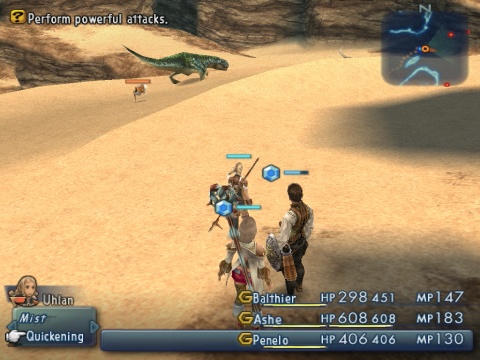
A few words about Mist Charges, as they've changed significantly in IZJS; in the vanilla version, while the game UI displayed a "Mist Gauge" to demonstrate how many Mist Charges were available, there was no difference between Mist and MP. If a character's MP was equal to their maximum MP, they had one Mist Charge available, and, if they spent it, they would be reduced to zero MP. Learning an ability that cost two or three Mist Charges (such as the higher level Quickenings) would enable the character to gain MP up to double or triple their maximum respectively. So Quickenings in vanilla are a desperation attack, since using them typically left the party unable to cast spells. Players were also encouraged to "rush" Quickenings in order to gain that bonus MP as early as possible.
However, IZJS separates the Mist Gauge from the character's MP. The size of the gauge is still determined by the character's MP, and the gauge is refilled by actions that refill MP (using Ethers, touching a Save Crystal, walking around, the Charge Technick, and any actions for which the character has learned an MP-restoring License) but spending Mist Charges does not cost MP. In this way, the IZJS Quickening is closer to a traditional Limit Break -- it charges up over time, and can be used a fixed number of times before needing to be recharged again. Learning higher level Quickenings adds segments to the Mist Gauge, but does not increase the character's maximum MP (base MP growths have been increased to compensate instead).
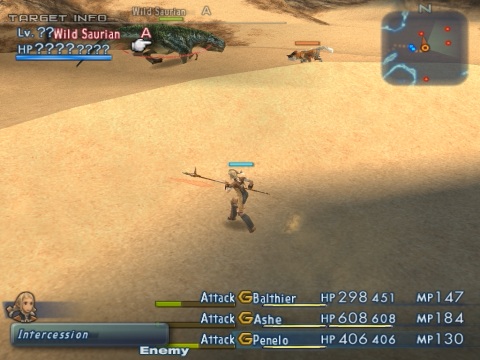
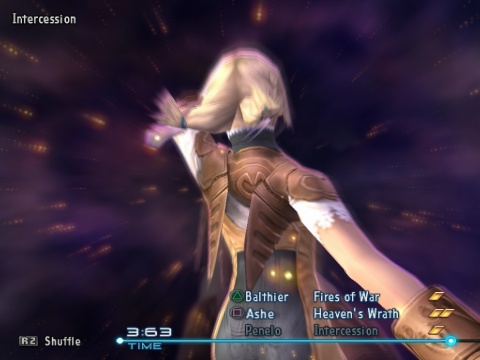
A Quickening on its own is not that powerful. Rather, the strength of Quickenings comes from how they can be chained together. The first Quickening in the chain is chosen from the Battle Menu like any other ability. It charges instantly and, like its namesake, instantly interrupts any other action that isn't already graphically resolving. The animation for the first attack will begin to play, and the game displays a timer along with a list of every character capable of participating in the chain -- dead, confused, or otherwise uncontrollable characters can't take part, but characters with empty Mist Gauges still can. The list also displays one randomly chosen Quickening that each character has learned. If the character doesn't have enough Mist Charges to use that Quickening, their name will be grayed out. Otherwise, pressing the button next to their name will add that Quickening to the chain.
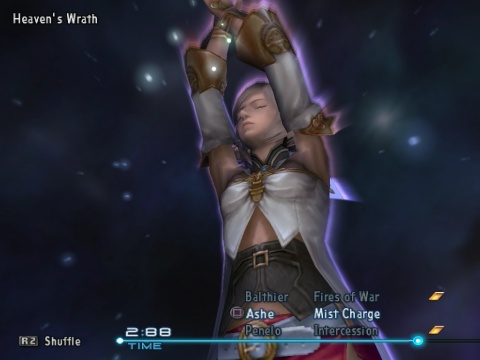
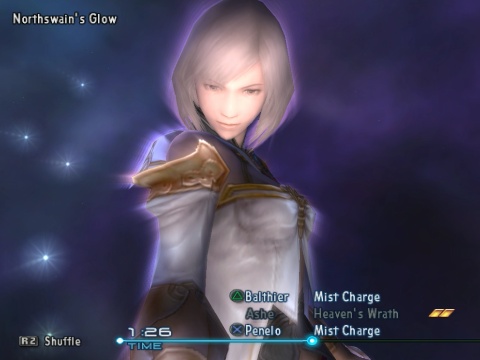
Of course, it wouldn't be very interesting if the fun ended when everybody's Mist ran out. There is a random chance that the list will display the option "Mist Charge" for each character without a full Mist Gauge. Selecting it will temporarily refill that character's Mist Gauge -- this Mist can be used for Quickenings in the current chain, but disappears when it ends. If all three characters' names are grayed out, the player can press R2 to reshuffle the list hoping for a Mist Charge (or an affordable Quickening) but this takes up about 0.3 seconds of valuable time.
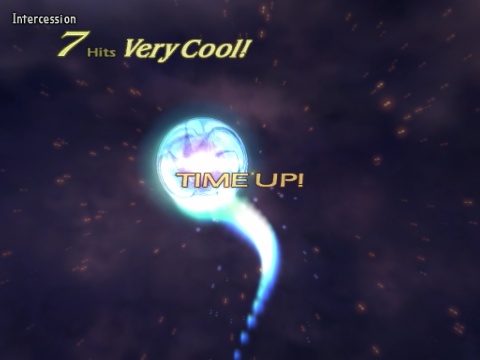
Time is a limited resource, because something has to be. You start with 4 seconds to pick the second attack in the chain, and, after each selection, you get back half the time you spent choosing.
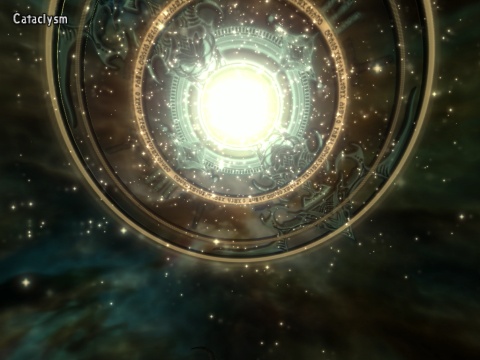
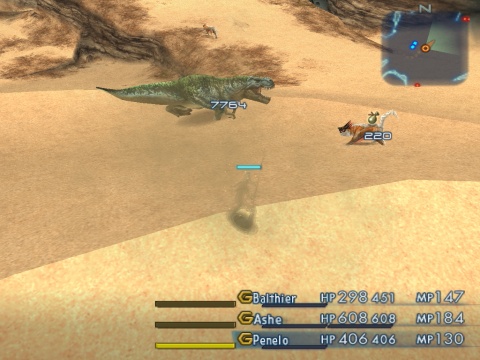
Finally, when the time has run out, if a certain combination of Quickenings has been performed, it will trigger a final attack called a Concurrence. This is the only part of the Quickening chain that hits both the target and all surrounding enemies. More difficult combinations result in stronger Concurrences, and the randomness of the process makes aiming for a specific one problematic.
To see this Quickening chain in action, watch the video below.
 Click for multimedia content
Click for multimedia contentDespite what the animators would have you believe, all Quickenings and Concurrences deal non-elemental physical damage. Each character gets their own animations and names for their Quickenings, but they're all functionally identical. Quickening damage depends on the rank of the Quickening and the character's Strength, while Concurrence damage actually scales to the target's Level, making it useful against enemies that would otherwise overpower the party.
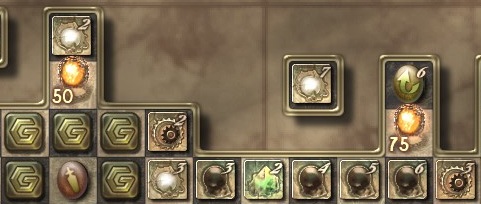
So, how do Quickenings get learned? Through Quickening Licenses, scattered around the License Board. In the vanilla game, the Quickenings were on the periphery of the board, as far away from the characters' starting positions as possible, making early Quickenings a reward for characters who specialized in a particular region of the board. In IZJS, each Job's board has four Quickening Licenses of various cost, typically along the edge of the board's paths.
The important thing to understand about Quickening Licenses is that, unlike most other Licenses, each tile can only be used by a single character, and purchasing a tile will remove it from the board for every other character. This is another disadvantage to doubling up on Jobs, as any characters that share a Job will only have four Quickening Licenses to distribute between them. Every Job also has at least one License that can only be reached by going through a Quickening tile, so duplicating Jobs will also deprive someone of stats or abilities. (Hunter actually has a License behind every one of its four Quickenings, so even a single Hunter won't be able to learn everything on the board.)